-
 Bitcoin
Bitcoin $111300
-0.83% -
 Ethereum
Ethereum $4296
-0.28% -
 XRP
XRP $2.970
-0.28% -
 Tether USDt
Tether USDt $0.0000
0.01% -
 BNB
BNB $876.7
-0.13% -
 Solana
Solana $216.7
0.50% -
 USDC
USDC $0.9998
0.01% -
 Dogecoin
Dogecoin $0.2424
1.50% -
 TRON
TRON $0.3345
0.88% -
 Cardano
Cardano $0.8635
0.03% -
 Hyperliquid
Hyperliquid $53.38
5.54% -
 Chainlink
Chainlink $23.07
0.27% -
 Ethena USDe
Ethena USDe $1.001
0.02% -
 Sui
Sui $3.463
-0.21% -
 Stellar
Stellar $0.3738
-0.33% -
 Bitcoin Cash
Bitcoin Cash $578.5
-1.51% -
 Avalanche
Avalanche $26.00
2.07% -
 Hedera
Hedera $0.2276
0.77% -
 UNUS SED LEO
UNUS SED LEO $9.548
0.02% -
 Cronos
Cronos $0.2597
2.73% -
 Litecoin
Litecoin $112.0
-0.64% -
 Toncoin
Toncoin $3.089
-0.29% -
 Shiba Inu
Shiba Inu $0.00001285
-0.10% -
 Polkadot
Polkadot $4.098
1.54% -
 Uniswap
Uniswap $9.484
-0.88% -
 Ethena
Ethena $0.8361
8.06% -
 Dai
Dai $0.9998
0.01% -
 Monero
Monero $269.5
-0.68% -
 World Liberty Financial
World Liberty Financial $0.1994
-4.02% -
 Aave
Aave $299.1
-1.29%
What causes the KDJ to fail to form a golden cross multiple times at a low level?
The KDJ indicator often fails in crypto due to whale manipulation, volatile sentiment, and low volume, leading to false reversal signals in bear markets.
Sep 09, 2025 at 03:55 pm
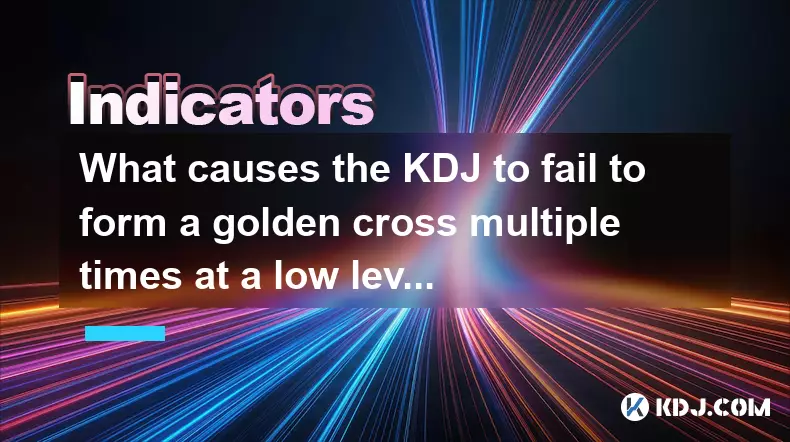
Understanding the KDJ Indicator in Cryptocurrency Trading
The KDJ indicator, a derivative of the stochastic oscillator, is widely used in cryptocurrency trading to identify potential reversal points in price trends. It consists of three lines: K, D, and J. Traders often look for a 'golden cross' — when the K line crosses above the D line at a low level — as a bullish signal. However, in volatile markets like the crypto space, this signal may appear multiple times without leading to a sustained upward move. This repeated failure can be attributed to several market dynamics unique to digital assets.
Market Manipulation and Whales’ Influence
1. Large holders, or 'whales,' frequently manipulate short-term price movements to trigger technical signals.2. These actors may push prices down temporarily to accumulate more coins at lower levels, creating false oversold conditions that activate the KDJ indicator.
3. As retail traders react to the apparent golden cross, whales reverse their positions, causing the price to drop again and invalidating the signal.
4. The lack of regulation in many crypto exchanges amplifies this behavior, allowing coordinated sell-offs after misleading buy signals.
5. This cycle repeats until sufficient buying pressure from the broader market overcomes manipulation attempts.
Volatile Sentiment and News-Driven Price Swings
1. Cryptocurrency markets are highly sensitive to news, social media, and macroeconomic developments.2. A sudden negative headline can override any technical signal, including a low-level KDJ golden cross, causing traders to liquidate positions regardless of indicators.
3. Fear and greed shift rapidly in the crypto ecosystem, making it difficult for traditional momentum tools like KDJ to maintain predictive accuracy.
4. Even if the KDJ suggests a rebound, widespread panic during events such as exchange hacks or regulatory crackdowns can suppress rallies.
5. This emotional volatility leads to multiple false crossovers as the price oscillates within a narrow range without establishing a clear trend.
Lack of Sustained Buying Volume
1. A genuine reversal requires consistent volume support, which is often absent during repeated KDJ golden crosses at lows.2. In downtrends, each bounce may attract only speculative interest rather than institutional or long-term investment.
3. Low trading volume during these crossovers indicates weak conviction among buyers, making it easy for sellers to resume control.
4. Without strong accumulation phases, the K line may briefly rise above the D line but quickly fall back due to lack of follow-through.
5. Markets dominated by algorithmic trading also contribute to rapid reversals, as bots exploit these patterns before human traders can act.
Frequently Asked Questions
What does a failed KDJ golden cross indicate in a bear market?It typically signals temporary oversold relief rather than a true trend reversal. The underlying selling pressure remains dominant, and short-lived bounces fail to gain momentum.
Can the KDJ be trusted during extreme market volatility?Its reliability decreases significantly during high volatility. Spikes in price caused by leverage liquidations or flash crashes distort the %K and %D calculations, producing misleading crossover signals.
How do traders adjust strategies when KDJ fails repeatedly?Many combine it with volume analysis, on-chain metrics, or longer-term moving averages to filter out noise. Others wait for confirmation from price action, such as a close above key resistance, before acting.
Is the KDJ more effective on higher timeframes in crypto trading?Yes, daily or weekly charts tend to produce more reliable signals because they smooth out short-term noise and reflect broader market sentiment more accurately than 1-hour or 15-minute intervals.
Disclaimer:info@kdj.com
The information provided is not trading advice. kdj.com does not assume any responsibility for any investments made based on the information provided in this article. Cryptocurrencies are highly volatile and it is highly recommended that you invest with caution after thorough research!
If you believe that the content used on this website infringes your copyright, please contact us immediately (info@kdj.com) and we will delete it promptly.
- Cardano, Ethereum, and Hoskinson: Navigating the Crypto Landscape
- 2025-09-10 02:25:14
- Bitcoin Price Stays Steady as Whales Eye Rollblock's Accumulation Growth
- 2025-09-10 02:25:14
- Bitcoin, Solana, Ethereum: Navigating the Crypto Landscape in 2025
- 2025-09-10 02:30:12
- VivoPower, Tembo, and RLUSD: Driving Innovation in Electric Vehicles with Blockchain Finance
- 2025-09-10 02:45:12
- Render Price Chart Analysis: Is a Double-Digit Comeback on the Horizon?
- 2025-09-10 02:45:12
- Dogecoin ETF Buzz Fuels Price Surge: To the Moon?
- 2025-09-10 02:30:12
Related knowledge
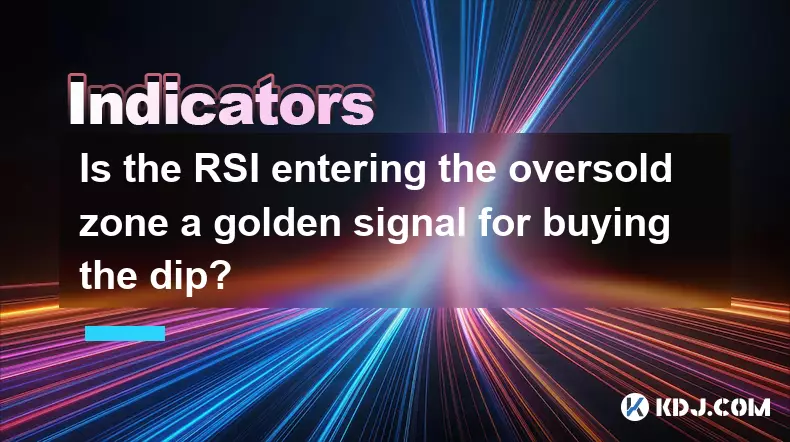
Is the RSI entering the oversold zone a golden signal for buying the dip?
Sep 09,2025 at 02:55pm
Understanding the RSI and Its Role in Crypto Trading1. The Relative Strength Index (RSI) is a momentum oscillator widely used in the cryptocurrency ma...
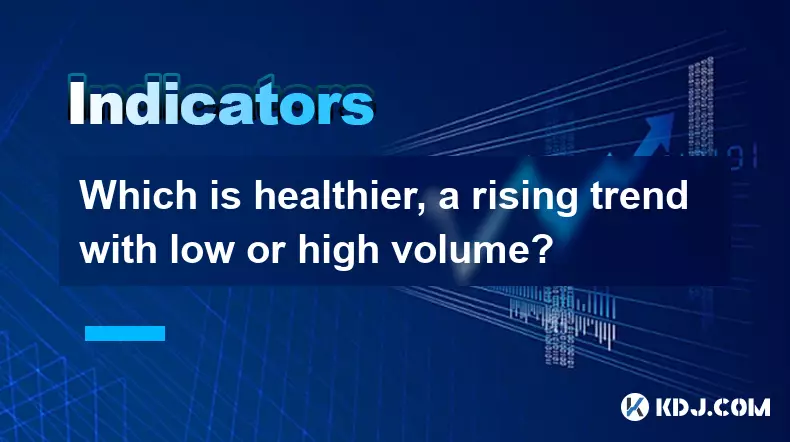
Which is healthier, a rising trend with low or high volume?
Sep 09,2025 at 04:00pm
Understanding Volume in Market Trends1. Volume serves as a critical indicator when analyzing the strength of a rising trend in cryptocurrency markets....
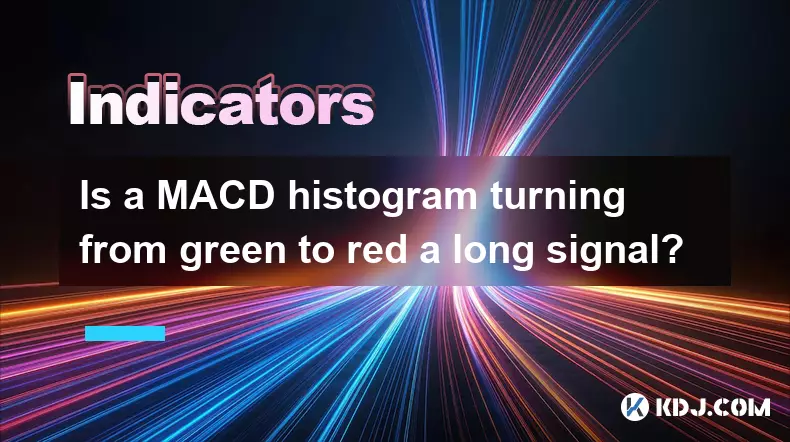
Is a MACD histogram turning from green to red a long signal?
Sep 09,2025 at 01:54pm
Understanding the MACD Histogram in Crypto Trading1. The MACD (Moving Average Convergence Divergence) histogram is a visual representation of the diff...
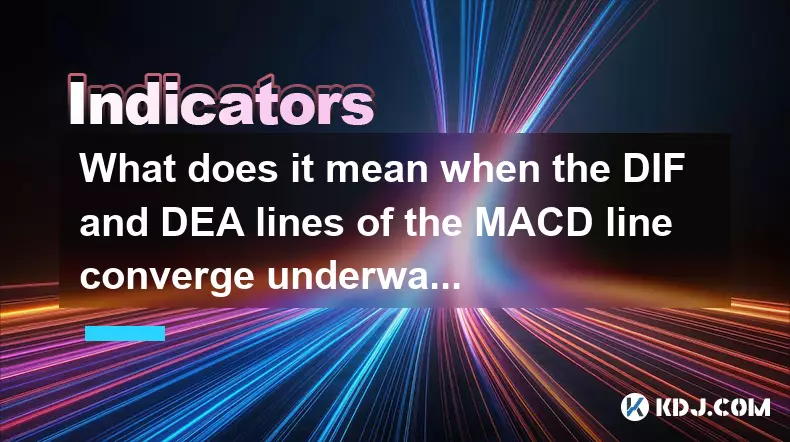
What does it mean when the DIF and DEA lines of the MACD line converge underwater?
Sep 09,2025 at 07:55am
Understanding MACD Components in Bearish Territory1. The MACD indicator consists of three elements: the DIF (Difference), DEA (Signal line), and the M...
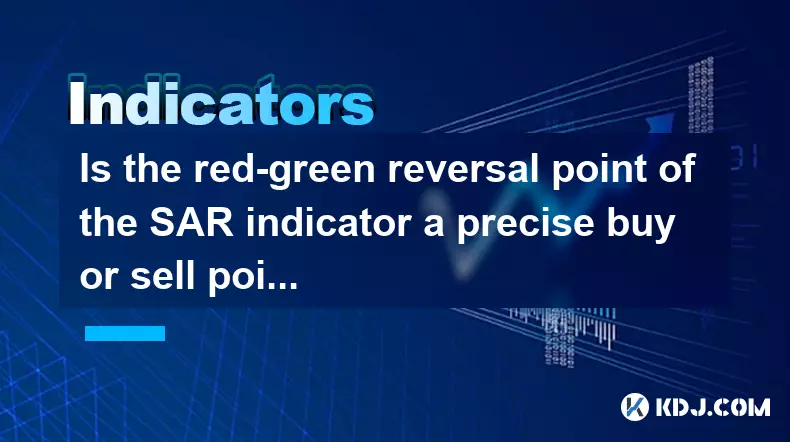
Is the red-green reversal point of the SAR indicator a precise buy or sell point?
Sep 09,2025 at 11:18am
Understanding the SAR Indicator in Cryptocurrency TradingThe SAR (Stop and Reverse) indicator, developed by J. Welles Wilder Jr., is a popular tool us...
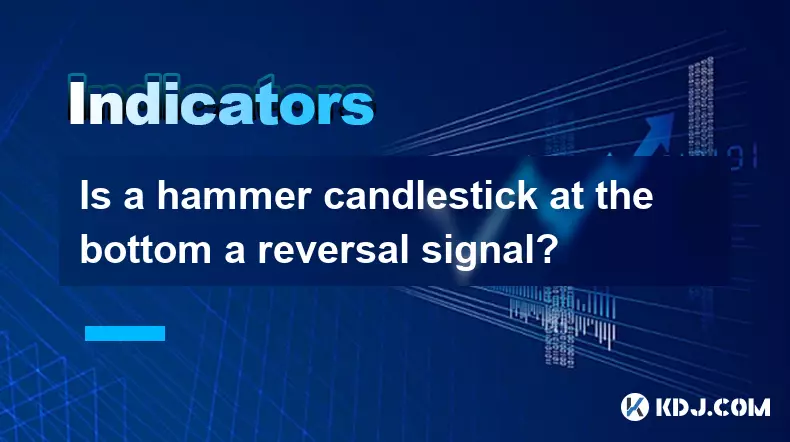
Is a hammer candlestick at the bottom a reversal signal?
Sep 10,2025 at 01:01am
Understanding the Hammer Candlestick Pattern1. The hammer candlestick is a single-candle formation that typically appears at the end of a downtrend. I...

Is the RSI entering the oversold zone a golden signal for buying the dip?
Sep 09,2025 at 02:55pm
Understanding the RSI and Its Role in Crypto Trading1. The Relative Strength Index (RSI) is a momentum oscillator widely used in the cryptocurrency ma...

Which is healthier, a rising trend with low or high volume?
Sep 09,2025 at 04:00pm
Understanding Volume in Market Trends1. Volume serves as a critical indicator when analyzing the strength of a rising trend in cryptocurrency markets....

Is a MACD histogram turning from green to red a long signal?
Sep 09,2025 at 01:54pm
Understanding the MACD Histogram in Crypto Trading1. The MACD (Moving Average Convergence Divergence) histogram is a visual representation of the diff...

What does it mean when the DIF and DEA lines of the MACD line converge underwater?
Sep 09,2025 at 07:55am
Understanding MACD Components in Bearish Territory1. The MACD indicator consists of three elements: the DIF (Difference), DEA (Signal line), and the M...

Is the red-green reversal point of the SAR indicator a precise buy or sell point?
Sep 09,2025 at 11:18am
Understanding the SAR Indicator in Cryptocurrency TradingThe SAR (Stop and Reverse) indicator, developed by J. Welles Wilder Jr., is a popular tool us...

Is a hammer candlestick at the bottom a reversal signal?
Sep 10,2025 at 01:01am
Understanding the Hammer Candlestick Pattern1. The hammer candlestick is a single-candle formation that typically appears at the end of a downtrend. I...
See all articles
























































































